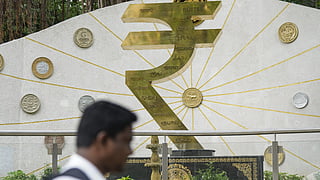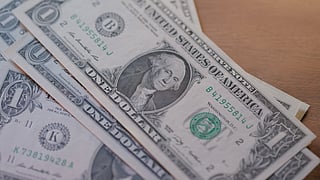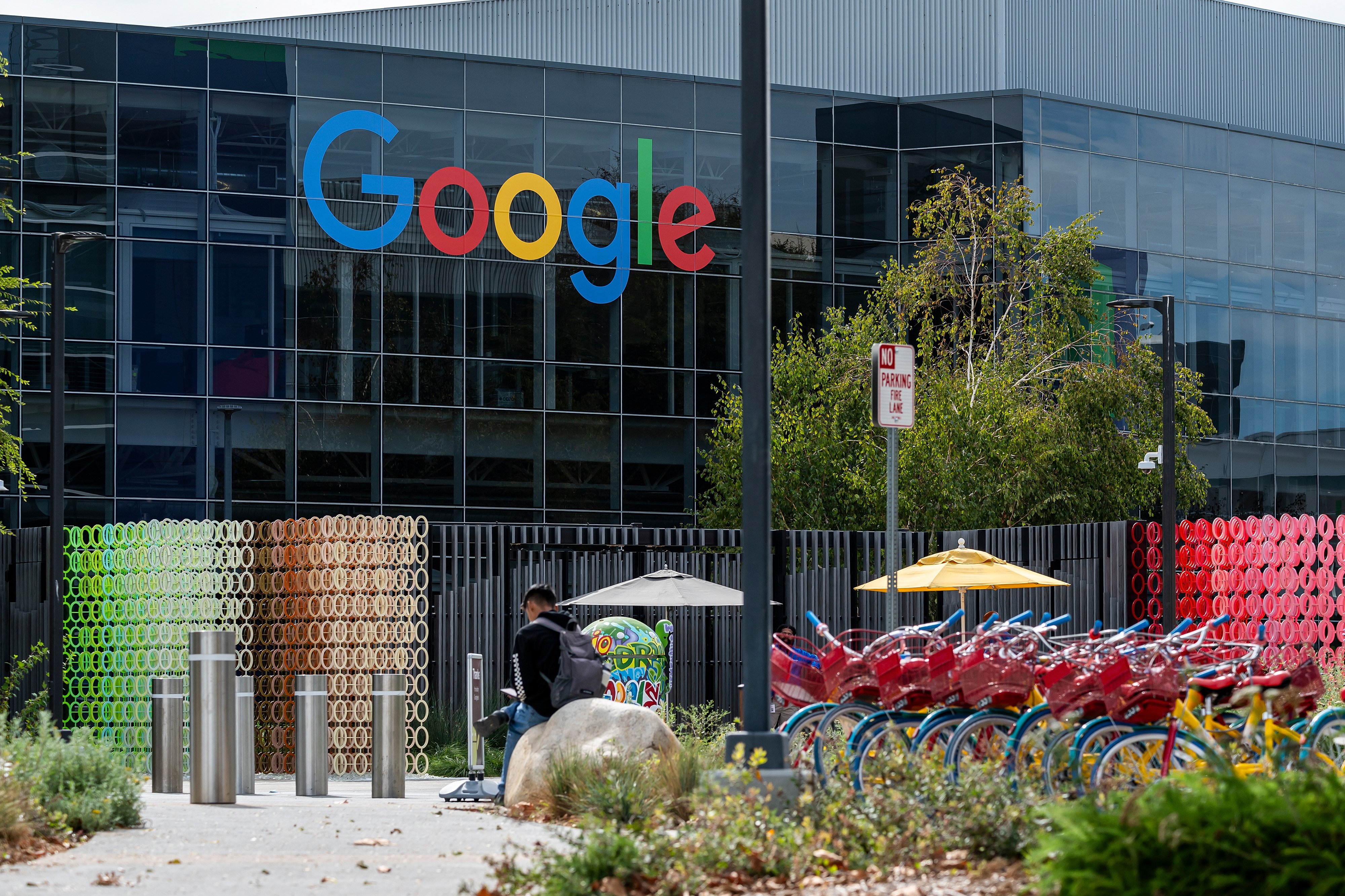The Indian rupee opened 14 paise weaker at 85.51 against the US dollar on Thursday, in comparison to its previous close of 85.37 on Wednesday. This slight depreciation comes amid various global and domestic economic factors influencing the currency markets.
According to India Forex And Asset Management Pvt. (IFA Global), Rupee is expected to trade in a range of 85.35 to 85.75, with weakening bias.
"Thin-margin exporters are advised to hedge 70-80% of their open exposure between 85.70-85.80 levels, while for the remaining, they can keep a strict stoploss of 85.20 levels, or costing whichever is higher," said CR Forex.
This comes as the Dollar strengthened after the US Court of International Trade has deemed illegal and blocked the tariffs imposed by the Trump administration. The Trump administration immediately appealed against the decision.
"The US Dollar Index briefly climbed to 100.50 after the release of the latest FOMC minutes, which struck a notably cautious tone," added CR Forex.
During the previous trading session, the Indian Rupee reversed early losses, closing near the 85.36 mark. This came despite a soft start around 85.64, with the pair briefly touching an intraday high of 85.70. The rebound was driven by strong capital inflows and encouraging domestic data.
On Thursday, crude rose with Brent crude — the global benchmark for crude oil — rising 1.20% to $65.68 per barrel after a US trade court blocked President Donald Trump’s global tariffs, deeming the levies illegal. Additionally, an OPEC+ meeting that will decide on the supply policy is scheduled for Saturday.
The Euro was down at 1.1245, pound is down 75 pips to 1.3435 from yesterday morning levels, while the dollar index rose to 100.31 amid improved consumer confidence.
 RECOMMENDED FOR YOU
RECOMMENDED FOR YOU

Rupee Opens Weaker Against US Dollar Despite Renewed Trade Talk Optimism
 Sep 10, 2025
Sep 10, 2025

Forex Reserves Rise To $694.2 Billion, Reversing Previous Week's Decline
 Sep 05, 2025
Sep 05, 2025

Trump Asks US Supreme Court To Uphold His Global Tariffs
 Sep 04, 2025
Sep 04, 2025

US Trading Partners ‘Dazed And Confused’ After Tariff Court Loss
 Aug 30, 2025
Aug 30, 2025


